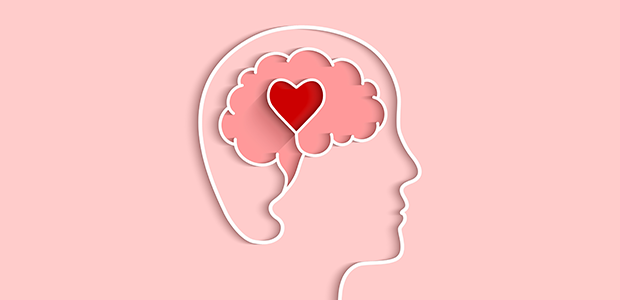
5 Ways to Improve Mental and Physical Health at Work
Workplace wellbeing involves creating an environment where there is a healthy balance between mental and physical health. These factors are equally important because having poor health on one condition could lead to poor health on the other.
Research shows that people with mental health conditions, such as stress, anxiety, and burnout, can eventually develop physical conditions such as fatigue, muscle tension, headaches, and heart problems. Conversely, poor physical health can contribute to mental health challenges.
Wellbeing is a combination of a person’s physical, mental and emotional health. Prioritising these factors in the workplace will promote a healthy work-life balance for employees, leading to increased work productivity, job satisfaction and employee retention.
Here are 5 strategies for promoting a happy and healthy workplace:
1) Mindfulness
Working in a fast-paced target driven office can be stressful at times. High levels of stress can lead to burnout, sickness, reduced focus and strained work relationships. Encouraging employees to practice regular workplace mindfulness can help them stay grounded, focused, and motivated during a busy day. Starting the day with meditation, doing breathing exercises at your desk, or simply taking a break away from your screen will help clear the mind and allow you to take control of your emotions. Follow the S.T.O.P. exercise. It only takes a few minutes. It can be done during the day or at the end of meetings.
Stop what you are doing and take a brief pause.
Take a few deep breaths. Let the awareness of your breathing take you to the present moment.
Observe how you feel and what is happening around you. Take note, but don’t make judgements on it.
Proceed with your day, having checked in with what’s happening now.
2) Go Outside
Imagine that you spend an average of seven hours a day hunched at your office desk staring into a screen. Sitting for long periods increases the risk of health problems, such as lower back pain, tech neck, obesity and mental health issues like anxiety and depression.
Being outside is great for both physical and psychological wellbeing. Going for a walk, even if it is just a short walk, will improve mental clarity but it will also allow your body to move, reducing muscle tension and improving joint mobility.
Research shows being exposed to nature improves memory, attention, cognitive function and flexibility. Where possible, walk in a park and try to escape the urban environment.
3) Stay Hydrated
Keeping hydrated throughout the day is vital for optimising health and performance in daily activities. Dehydration can affect concentration, mood, energy levels, body temperature, blood pressure and heart rate. Once it kicks in, you’ll feel tired, irritable, and unfocused, reducing your overall work performance.
During a busy working day, it can be easy to forget to drink water. Keep a large bottle of water at your desk and drink at regular intervals throughout the day.
Avoid processed and unhealthy snacks, drink plenty of fluids including herbal teas and soups, avoid drinking too much caffeine as it is a diuretic and causes dehydration, and drink electrolytes in moderation.
Hydration will help you stay healthy and focused!
4) Office Ergonomics
Whether you work in an office or from home, creating an ergonomic workspace with a proper chair, desk and screen position can reduce the impact of musculoskeletal issues like back, neck, wrist and shoulder pain.
A DSE assessor can design a workstation that is specific to the individual using it. This requires adjusting the desk, chair and monitor to improve working posture. It is worth hiring an assessor for both home and office workstations. If you have a standing desk, use it regularly. For every one to two hours you spend sitting, spend one-hour standing.
Vision is also important. Computer vision syndrome (CVS) is a condition that causes eye irritation, blurred vision and dry eyes when spending long periods looking at a screen. This may lead to neck and shoulder tension and headaches. Get your eyes checked in case you require glasses to avoid squinting and leaning closer towards the screen.
5) Employee Wellbeing Programmes
Workplace wellbeing programmes are a great way of creating positive and harmonious working environments where employees and organisations can thrive. Healthy workspaces allow individuals to prosper and reach their true potential.
Wellbeing services like office chair massage, meditation, desk yoga, office Pilates, workplace nutrition and mental health management seminars are a great way to boost the welfare of employees.
Promoting and investing in employee wellbeing has the potential to enhance resilience, foster greater employee engagement, minimise sickness absence, and elevate overall performance and productivity. It also helps staff feel valued and appreciated.
Employee mental and physical health should be a top priority because:
- A company is only as good as its people.
- You can’t deliver a good service from unhappy employees.
- Treat staff the way you want your customers to be treated.
- When you get the company culture right, everything else will follow.
- A company is nothing without its employees.

